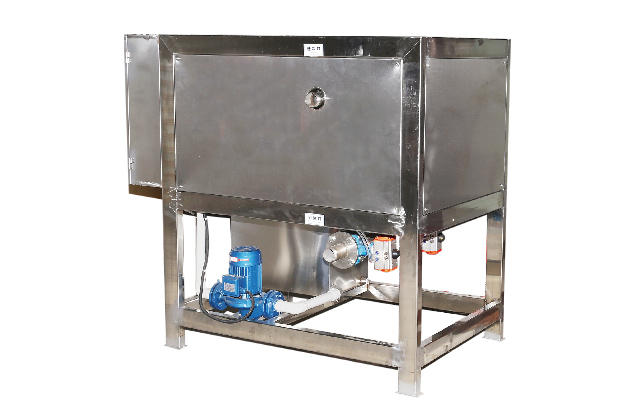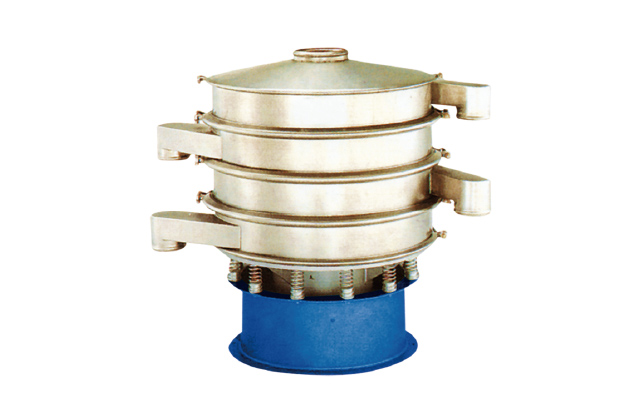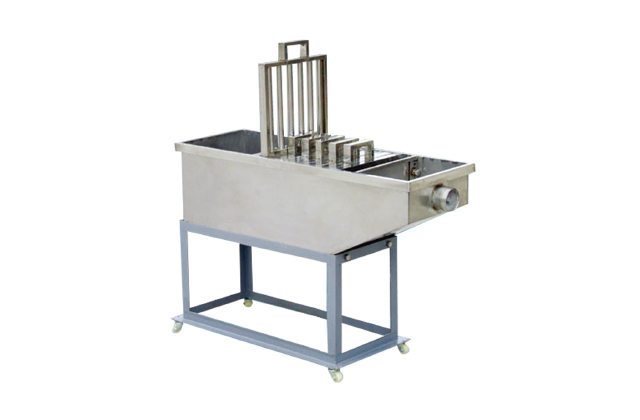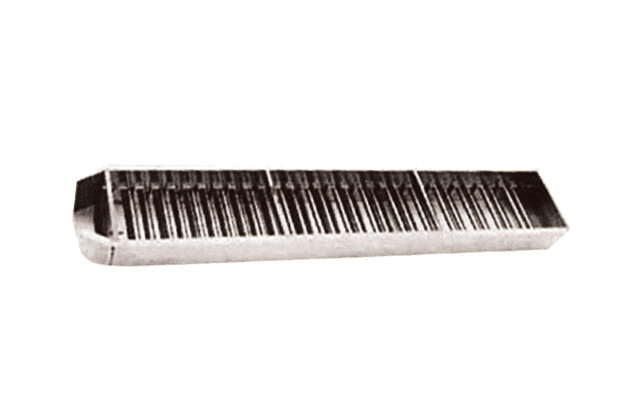August 21, 2025
How to Separate a Mixture of Salt and Iron Filings?
Introduction to Separating Mixtures
Separating mixtures is a fundamental skill in chemistry and everyday life. Whether you’re a student, a scientist, or a curious learner, understanding how to separate different substances can be incredibly useful. In this article, we’ll focus on one common mixture: salt and iron filings. By the end of this guide, you’ll know exactly how to separate these two substances efficiently.
Understanding the Properties of Salt and Iron Filings
Before we dive into the separation process, it’s important to understand the properties of both salt and iron filings. Salt, or sodium chloride, is a soluble compound that dissolves easily in water. On the other hand, iron filings are small pieces of iron metal, which are not soluble in water. This difference in solubility is the key to separating them.
Why Separate Salt and Iron Filings?
You might wonder why someone would want to separate salt and iron filings. Perhaps you’re working on a science project, or maybe you’ve accidentally mixed the two while cooking or conducting an experiment. Whatever the reason, knowing how to separate them is a valuable skill that can come in handy in various situations.
Step-by-Step Guide to Separation
Now that we’ve covered the basics, let’s move on to the actual separation process. Here’s a step-by-step guide to help you separate a mixture of salt and iron filings:
Step 1: Gather Your Materials
Before you start, make sure you have all the necessary materials. You’ll need:
- A clean, heat-resistant container
- A magnet
- Water
- A filter or fine-mesh sieve
- A drying surface or paper towels
Step 2: Use a Magnet to Separate Iron Filings
The first step is to use a magnet to separate the iron filings from the salt. Since iron is a magnetic material, it will be attracted to the magnet, while salt will not. Here’s how to do it:
- Sprinkle the mixture on a flat surface.
- Hold the magnet close to the mixture and slowly move it across the surface.
- The iron filings will stick to the magnet, leaving the salt behind.
Once you’ve collected all the iron filings, set them aside. You should now have a pile of salt left on the surface.
Step 3: Dissolve the Salt in Water (Optional)
If you want to ensure that no iron filings are left in the salt, you can dissolve the salt in water. Here’s how:
- Transfer the salt to a clean container.
- Add a small amount of water to the container and stir until the salt is fully dissolved.
Now you have a saltwater solution. The next step is to separate the salt from the water.
Step 4: Evaporate the Water
To get the salt back, you’ll need to evaporate the water. Here’s how to do it:
- Pour the saltwater solution into a shallow container.
- Place the container in a warm, dry place, such as near a heater or in direct sunlight.
- Allow the water to evaporate completely. This may take several hours or overnight, depending on the amount of water.
Once the water has evaporated, you’ll be left with pure salt.
Step 5: Dry the Iron Filings
If any moisture got onto the iron filings during the process, it’s important to dry them thoroughly to prevent rust. Simply spread them out on a paper towel or drying surface and let them air dry.
Tips and Variations
Here are a few tips and variations to keep in mind when separating salt and iron filings:
- Always handle magnets with care, as they can be strong and may pinch your fingers.
- If you don’t have a magnet, you can also use a compass to attract the iron filings.
- For larger quantities, you may want to use a more powerful magnet or repeat the process several times to ensure all iron filings are removed.
Common Mistakes to Avoid
Here are some common mistakes to avoid when separating salt and iron filings:
- Don’t use a dirty or damp magnet, as it may contaminate the mixture.
- Don’t add too much water, as it can make the process longer and more tedious.
- Don’t rush the evaporation process; let the water evaporate completely to ensure the salt is dry and pure.
The Importance of Separating Mixtures
Separating mixtures is not just a practical skill; it also teaches us about the properties of different substances. By understanding how to separate salt and iron filings, you’re learning about solubility, magnetism, and the importance of purity in substances. These concepts are essential in fields like chemistry, physics, and engineering.
Conclusion
Separating a mixture of salt and iron filings is a straightforward process that requires just a few simple tools and some basic knowledge of chemistry. By following the steps outlined in this guide, you should be able to separate the two substances efficiently. Remember to be patient and careful during the process, especially when handling magnets and water. With practice, you’ll become a pro at separating mixtures in no time!






